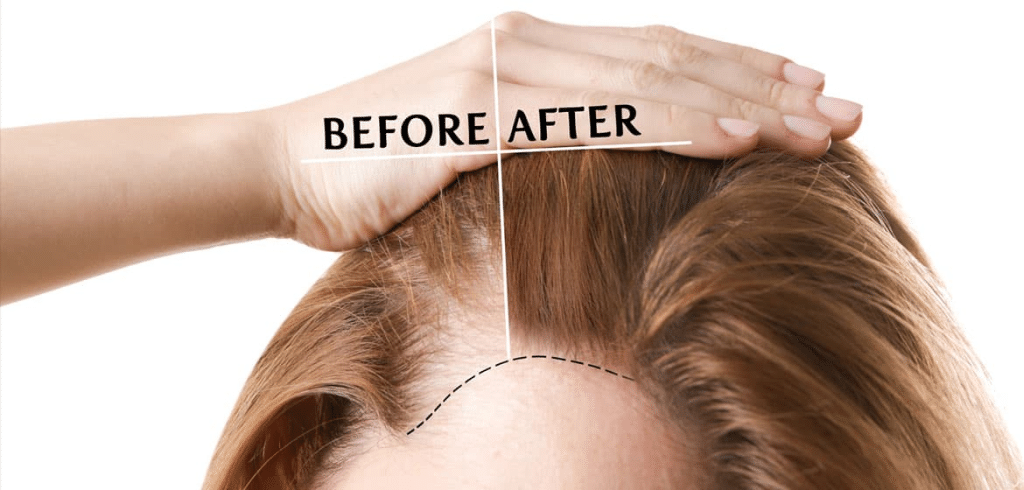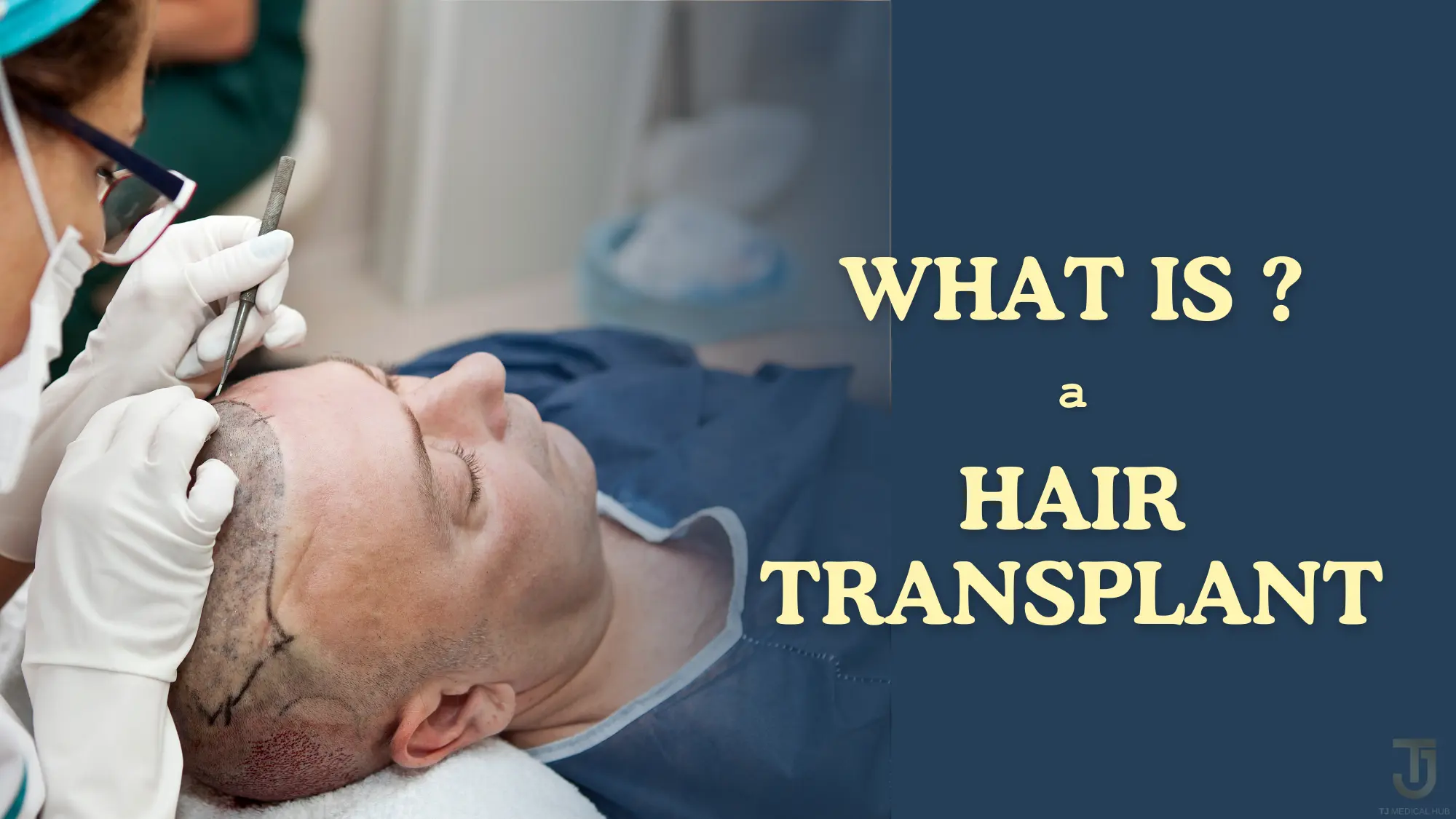Targeting foreigners to use top-notch hair transplant surgery services, Thailand has become a hub for successful hair transplantation by medical experts. This has positioned Thailand as a desirable destination for individuals seeking international center for hair transplant services from various countries in Asia and Europe. Currently, Thailand ranks as the second leading country in Asia and is among the top 10 globally where foreigners choose to undergo hair transplant surgery.
In Thailand today, numerous hair transplant clinics offer a variety of innovative solutions for prospective clients to choose from. Therefore, anyone interested in hair transplantation should thoroughly study and consider the available information, associated risks, and expected results. It is crucial to select a clinic or hair transplant center that adheres to high standards and employs expert surgeons.
For those interested in undergoing a hair transplant in Thailand, direct communication with a Thai agency is recommended. This allows for assistance in planning the trip and ensuring a smooth process from consultation to surgery.
Benefit of Hair Transplant Surgery

Hair transplantation is a surgical procedure that involves removing a strip of permanent hair-bearing skin from the donor area at the back or sides of the scalp. This strip is then dissected into micrografts (containing 1-3 hairs) and mini-grafts (containing 3-8 hairs). These grafts are meticulously planted into the bald or thinning areas of the scalp, resulting in a natural-looking, feathered hairline. Mini-grafts can be used to add density behind the hairline. Depending on the extent of balding, multiple procedures may be needed, involving several hundred to over a thousand grafts. After the procedure, small crusts form on each graft, shedding in about 7-10 days. The grafted hairs typically start growing within 6-12 weeks and continue to grow for a lifetime.
Hair transplant surgery is a procedure designed to address hair loss, involving various techniques. This process entails extracting hair-bearing skin from one part of the scalp and grafting it onto areas with baldness or thinning hair, often resulting from factors like male pattern baldness, scalp inflammation, injuries, or certain inflammatory diseases. In Australia, male pattern baldness is a common reason for hair transplants. However, it’s crucial to understand that hair transplantation does not cure male pattern baldness. While it covers bald areas, it does not prevent future hair loss. Combining surgery with medical treatments may be a consideration for slowing down the balding process, and consulting with a healthcare professional is advisable.
When considering a hair transplant, consulting with Doctor Thailand or a hospital in Thailand is advisable. During your initial consultation, inquire about the medical practitioner’s qualifications and expertise. Opt for a well-trained and experienced professional with a proven track record in hair transplant surgery for the best results.
Techniques of Hair Transplant

FUT vs. FUE:
Hair transplantation primarily involves two techniques – Follicular Unit Transplantation (FUT) and Follicular Unit Extraction (FUE). FUT entails the removal of a strip of hair-bearing skin from the donor area, while FUE involves the extraction of individual hair follicles. We’ll discuss the differences, benefits, and considerations for each method to help you understand which might be the right choice for your needs.
The advantages of an FUE hair transplant are manifold. Following the procedure, the scalp remains relaxed, devoid of pain, and with minimal bleeding. The newly grown hair exhibits a high rate of emergence. Additionally, there are no surgical scars; the incisions are remarkably small, akin to a pore, measuring just about 1 millimeter. These minute wounds heal naturally and swiftly, obviating the need for post-transplant recovery. Recipients can promptly resume their regular daily routines. The newly grown hair is robust and less prone to shedding. Moreover, FUE permits customized hair transplant designs tailored to each recipient, ensuring a natural appearance with real, lifelike hair.
FUE hair transplant is an ideal solution for a range of individuals seeking to address hair-related concerns and boost their self-confidence. Those most suited for FUE services may encompass the following categories:
Hair Transplant holiday trips in Thailand
If you’re planning your Hair Transplant in Thailand, It is worthwhile and can save money because many hospital or clinics and medical tourism services in Thailand can be used with your existing insurance, giving you more diverse options to manage your expenses. Alternatively, you can let us help you plan your trip to Thailand.
Cost of Hair Transplant, through a Thai agency shows a significant package range, starting from 100 bath per graft, depending on the nature and difficulty. Additionally, we can provide you with a price list from reputable hospitals like Bumrungrad Hospital.
| Treatment | Price |
|---|---|
| FUE per graft | 80 |
| FUT per graft | 100 |
FUT – Follicular Unit Transplantation
With FUT, the doctor extracts a strip of hair from the donor area at the back of the head. This strip is small in size and carefully prepared into tiny sections. Subsequently, it is placed in the desired area. The cost of hair transplantation in Thailand for this type of procedure starts at 80 Baht per graft. Our doctors can assess your case through online consultation to confirm the required number of grafts for transplantation.
FUE – Follicular Unit Extraction
In this surgical approach, instead of extracting a strip, circular incisions are created around the hair follicle. These circular hair units are subsequently transplanted into the designated donor area. The cost for this specific surgical procedure starts at 80 Thai Baht per graft. Once more, our medical professionals can evaluate your case to determine the required number of grafts.
The expenses cover the surgery itself, as well as fees for the surgeon and the hospital, follow-up appointments, and standard medications. Additional costs may include blood tests and charges for in-person consultations.
Recovery and Results

The success of a hair transplant extends beyond the surgical procedure itself. In this section, we explore the critical aspects of recovery and what you can anticipate in terms of results after the surgery.
Post-Operative Care:
The period immediately following a hair transplant is crucial for a smooth and comfortable recovery. We’ll detail the essential post-operative care steps to ensure that the transplanted hair grafts have the best chance of taking root. This includes instructions for cleaning, avoiding certain activities, and managing any discomfort.
Timeline of Growth:
Patience is key when it comes to enjoying the results of a hair transplant. We’ll discuss the typical timeline for new hair growth, shedding of the transplanted hairs, and when you can expect to see visible results. This information helps manage expectations and provides a realistic outlook on the process.
Long-term Outcomes:
A hair transplant is a long-term investment in your appearance. We’ll delve into the permanence of hair transplants, the potential for follow-up procedures if necessary, and how to maintain and care for your newly transplanted hair for years to come. Understanding the long-term outcomes is essential for making informed decisions about your hair restoration journey.
Frequently Asked Questions
Embarking on a hair transplant journey often leads to a plethora of questions. In this section, we provide answers to some of the most commonly asked questions, ensuring that you have a clear understanding of the key aspects of the process.


